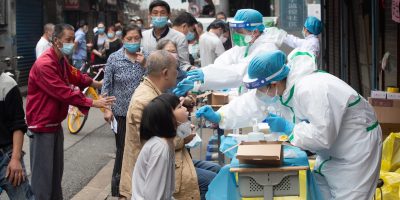
Photos show how Wuhan tested 6.5 million people for the coronavirus in 9 days, while the US has only tested 14 million people in 4 months
by Natalie Colarossi- On May 11, the Chinese city of Wuhan ordered all 11 million of its residents to be tested for the novel coronavirus.
- The citywide testing campaign began after six new cases emerged in the city, ending Wuhan’s 35-day streak of no new reported infections.
- Two weeks in, they’ve reported that 6.5 million people have been tested. By comparison, the US has only tested a total of 14 million people in 4 months.
- Thousands of medical doctors have been mobilized and makeshift sites have been built to test communities as quickly as possible. These photos reveal how they’re making it happen.
- Visit Business Insider’s homepage for more stories.
In under two weeks, Wuhan has collected more than 9 million samples and tested 6.5 million residents for the coronavirus in a sweeping new citywide initiative.
On May 11, the city announced plans for a widespread testing campaign that ultimately aims to give all 11 million residents of Wuhan a free diagnostic test. The campaign came after six new cases signified the end of a month-long streak of no new reported infections.
The city ended its 76-day lockdown on April 8, and had since returned to a level of normalcy with the reopening of transportation, businesses, parks, and restaurants.
But the string of six new cases led the government to act quickly. “There will not be a new minor peak,” China’s chief epidemiologist Wu Zunyou,said in a statement. “We will not allow scattered cases to develop into massive outbreaks.”
While some are critical of the efficacy in testing so many people in such a short period of time, others see it as a way to ensure the people of Wuhan that daily life can resume safely.
These photos show how Wuhan has implemented its new testing efforts, while the US and other countries continue to lag behind.
After a 35-day streak of no new reported infections, the city of Wuhan recorded six new coronavirus cases in early May. Officials responded swiftly to the outbreak by ordering all 11 million of its residents to be tested for free.
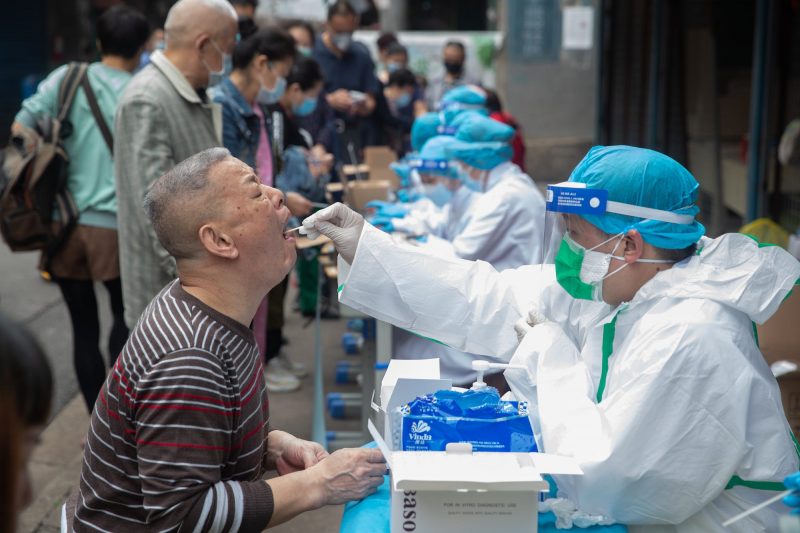
Source: Business Insider
The first to be tested were elderly and at-risk people, followed by those living in densely populated areas, and communities with large migrant populations.
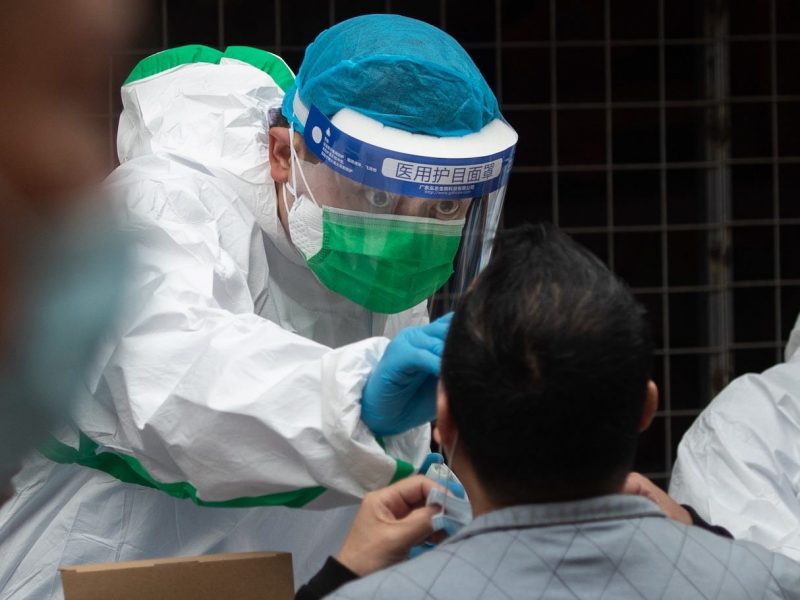
Source: Business Insider
So far, China state media has reported that more than 9 million people have been sampled via swab tests and 6.5 million people were tested for the virus from May 15-23.
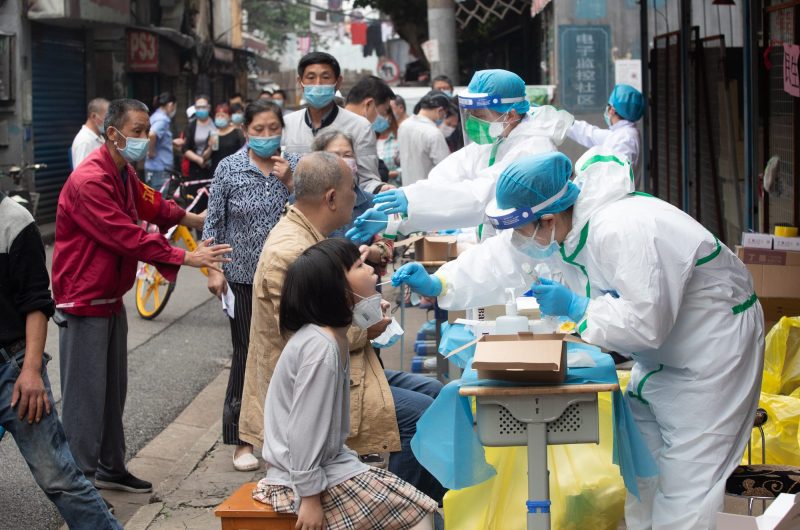
Sources: CNN, China News
According to state-run media, the largest single-day testing occurred on May 22, when 1.4 million tests were conducted. By comparison, the highest daily number of coronavirus tests in the US stands at 441,248 recorded on Monday, according to the COVID Tracking Project.
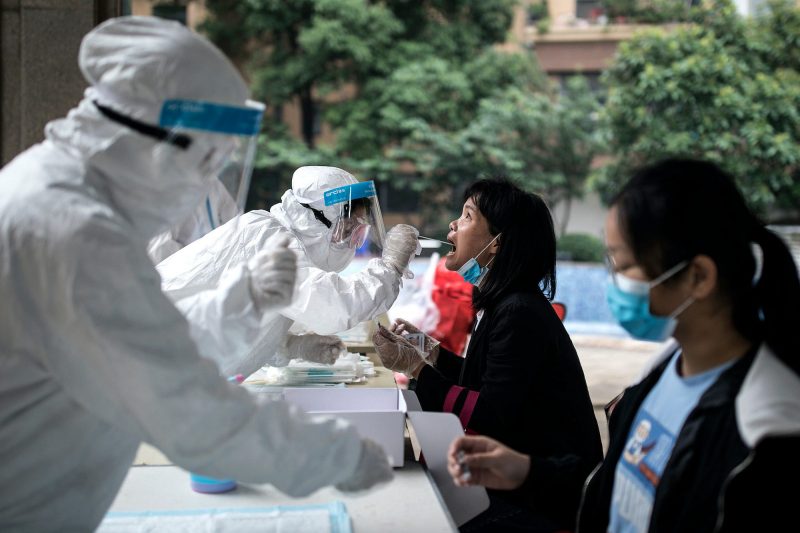
Sources: China News, Xinhua, The COVID Tracking Project
From May 15-16, the number of people tested in Wuhan nearly doubled. According to Bloomberg, by May 23, the testing capacity increased by more than 26 times from the first day of the campaign.
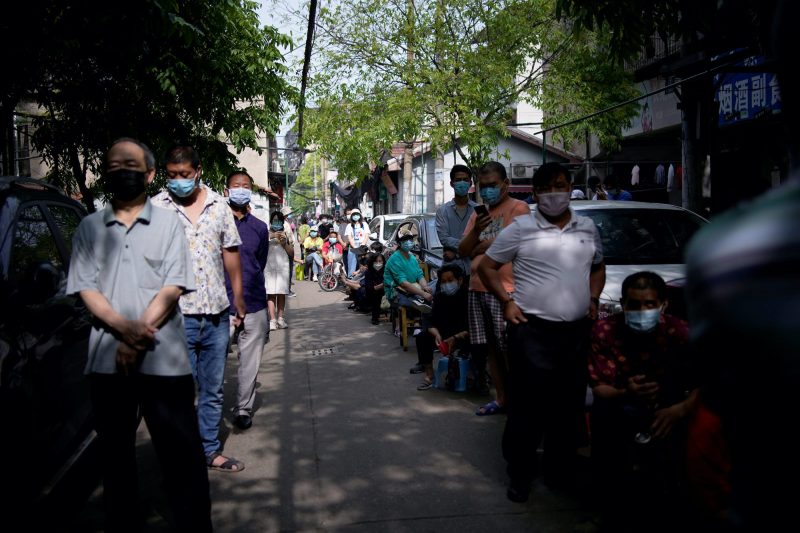
Thousands of medical workers have been mobilized to join the citywide testing campaign. In some cases, healthcare workers went door to door to collect samples from elderly and disabled residents, China News reported.
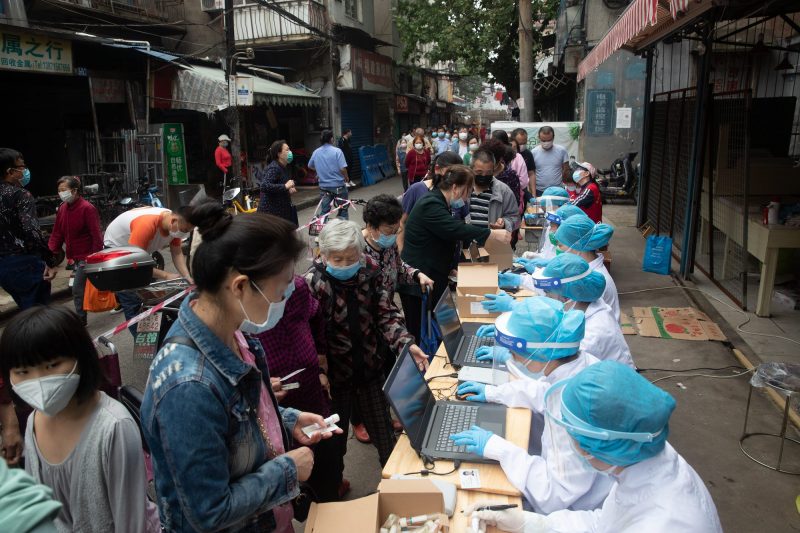
Source: The New York Times, China News, CNN
Makeshift testing sites are set up at schools and plazas throughout the city, largely in the open air, and residents get a specific appointment time. Over the weekend, authorities set up 231 extra testing booths.
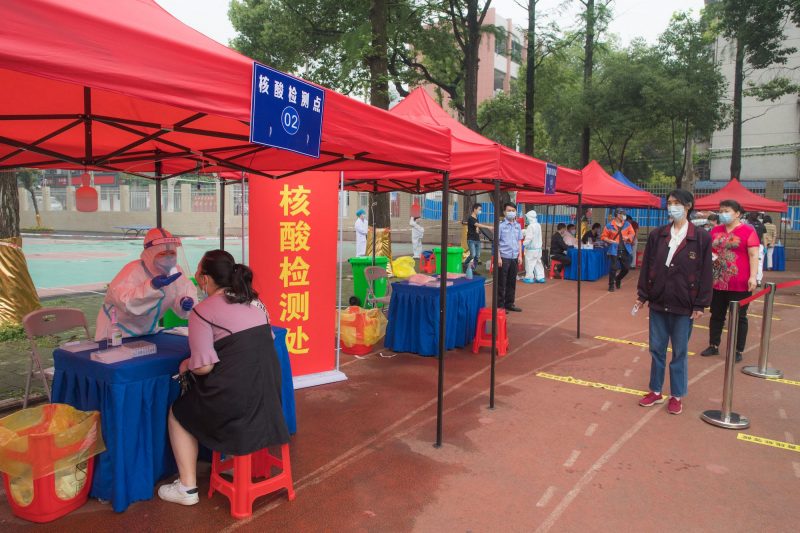
Source: The New York Times, CNN
“Our community was checked in a day,” 32-year-old resident Wang Yuan told The New York Times, adding that she expected results back in two to four days.
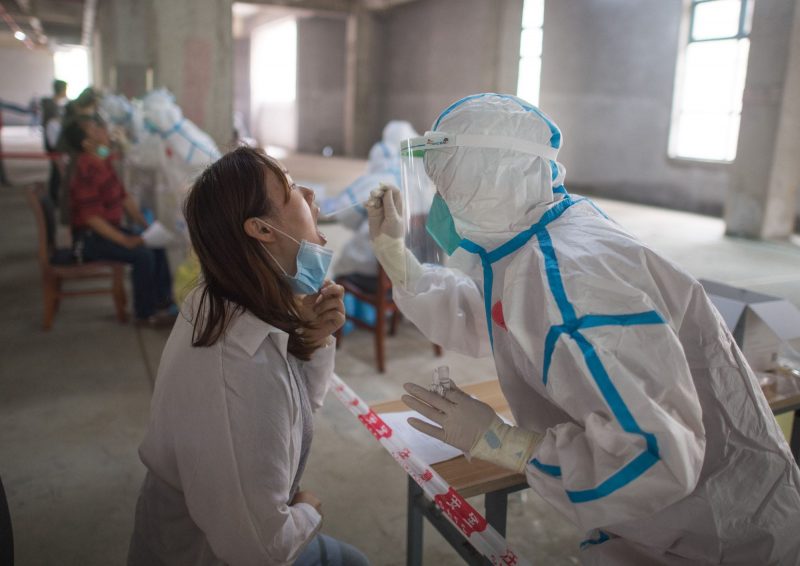
Source: The New York Times
The city was able to ramp up testing capacity by testing samples together in batches. Before the campaign, labs were testing about 46,000 samples per day, but with the new batch system, nearly 1.5 million samples can be tested in a day.
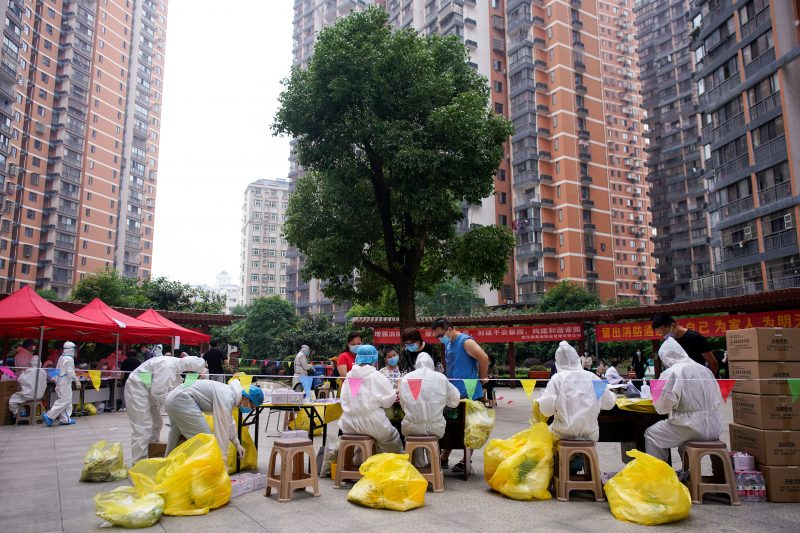
Source: CNN, The New York Times
This type of batch testing could be effective for Wuhan, where cases are currently very low. To do batch testing, swabs from multiple people are combined into a plastic tube and analyzed with one test. If the full batch comes back negative, it can be discarded. If it comes back positive, the people who made up that batch are retested.
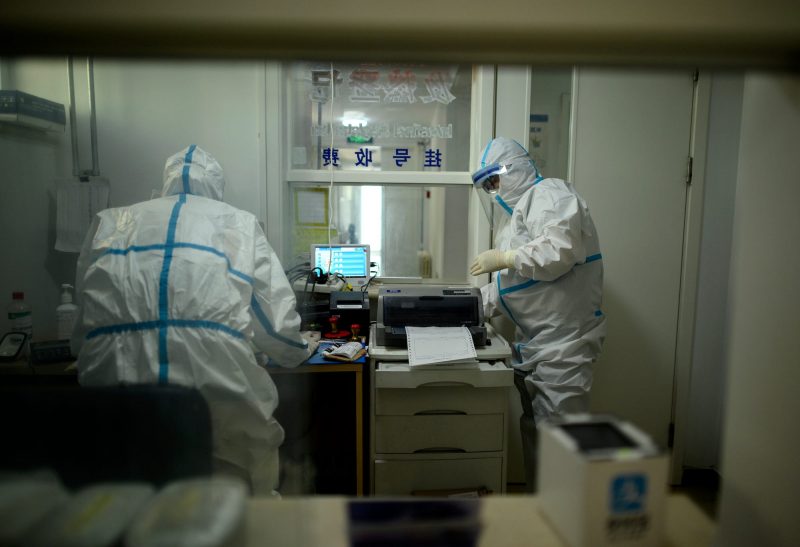
Source: The New York Times, CNN
But it’s unclear what percentage of samples taken were pooled together for batch testing, according to CNN.
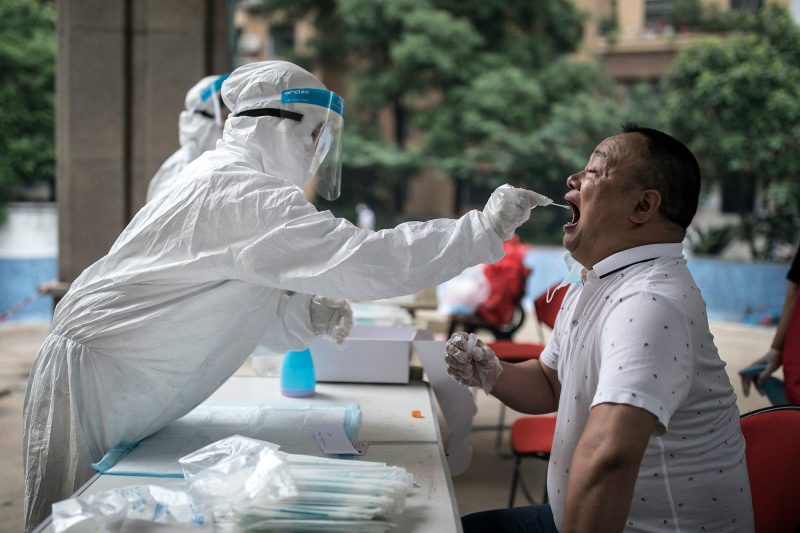
Source: CNN
To ensure that all residents are signing up for testing, the government has sent people door to door, made announcements over loudspeakers, and in some cases, threatened to downgrade health cards and ban people from entering grocery stores or banks if they are not tested.
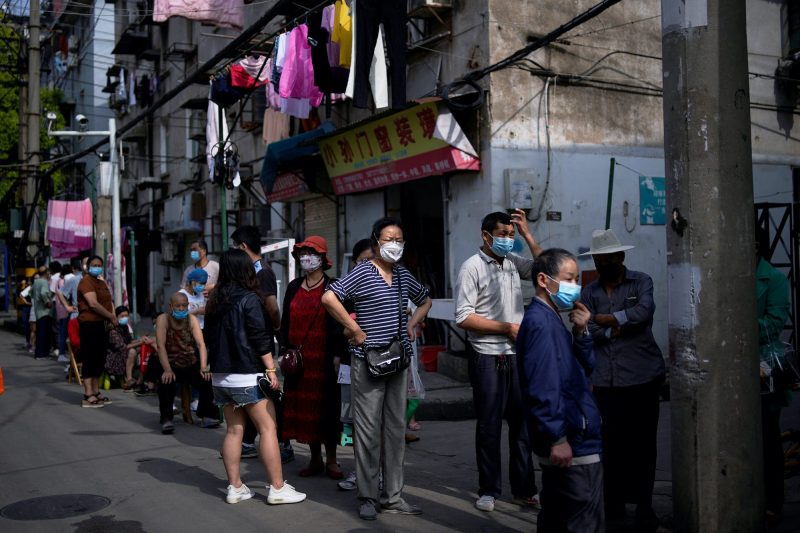
Source: The New York Times
The campaign has reached more than 90% of the city, and the government warned those who have not yet signed up for testing that they could have to pay for it themselves after Tuesday.
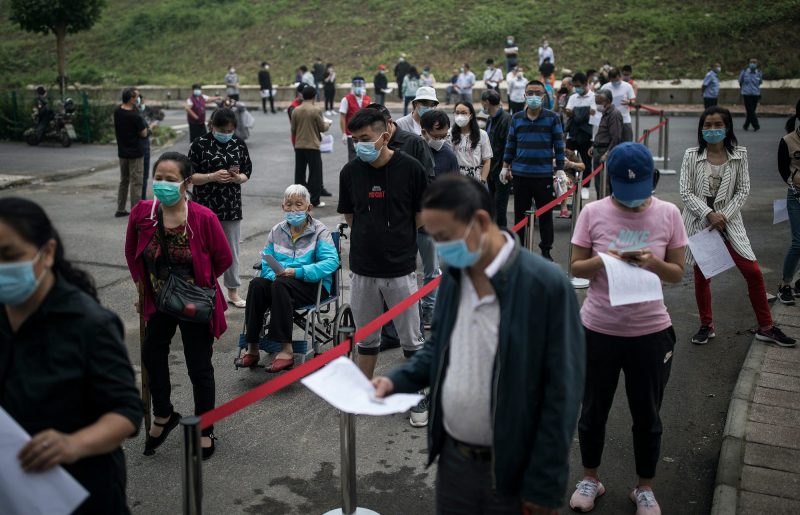
Source: The New York Times
The citywide campaign costs hundreds of millions of dollars, and the government is covering the expenses. This decision follows China’s efforts to reflect an image of stability and success throughout the pandemic.
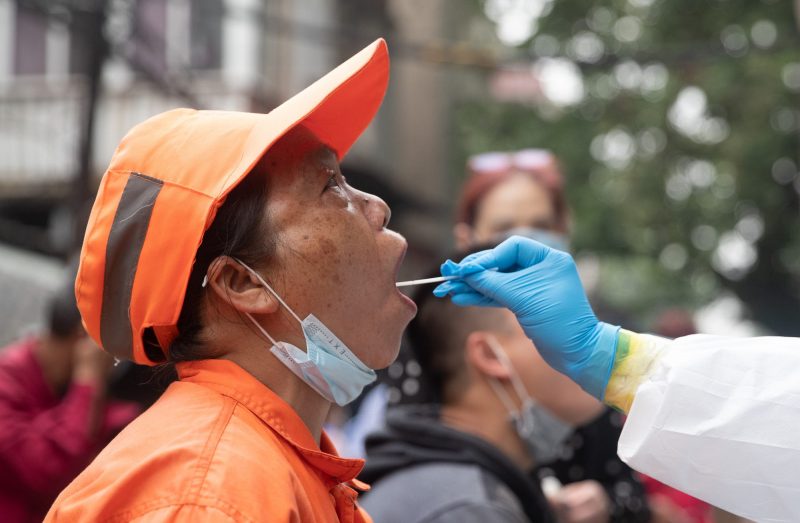
Source: The New York Times, Bloomberg
Though many residents have been supportive of the testing efforts, some have protested the campaign, and fear being exposed to the virus through the in-person tests.
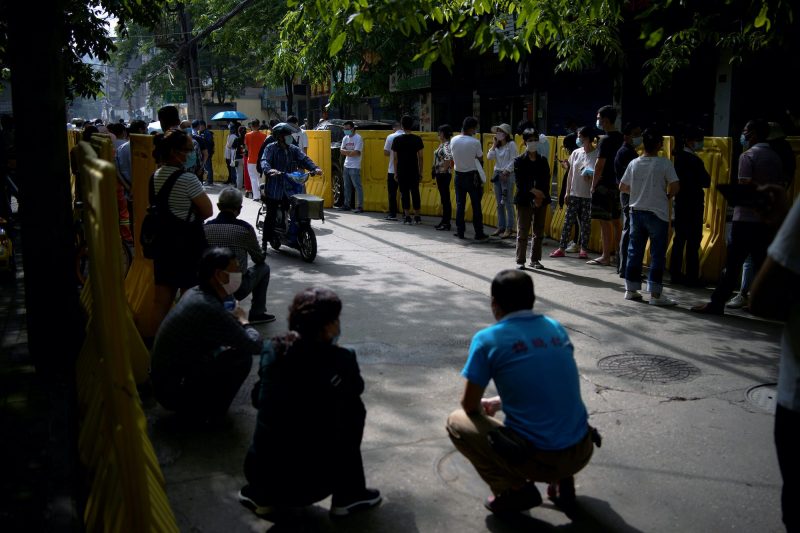
Source: The New York Times
“We’re totally opposed to it,” Wuhan resident Herry Tu told The New York Times. “Because even if you weren’t infected to begin with, this testing just means contact … In reality, the government isn’t doing this for the benefit of the people. It’s for the outside world to see.”
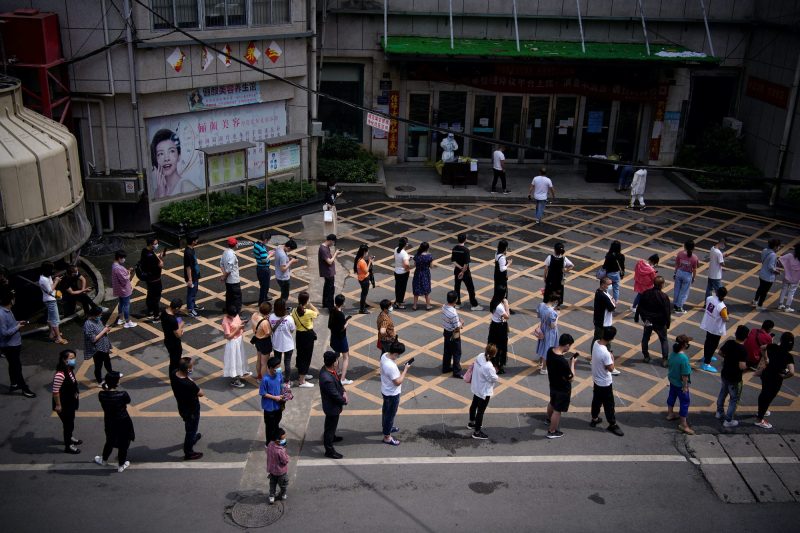
Source: The New York Times
But the government has sought to ensure people that testing remains safe by forcing residents to wear a mask, stand at distance, and have their temperatures taken. Medical workers conducting the tests are required to change or disinfect their gloves after each test.
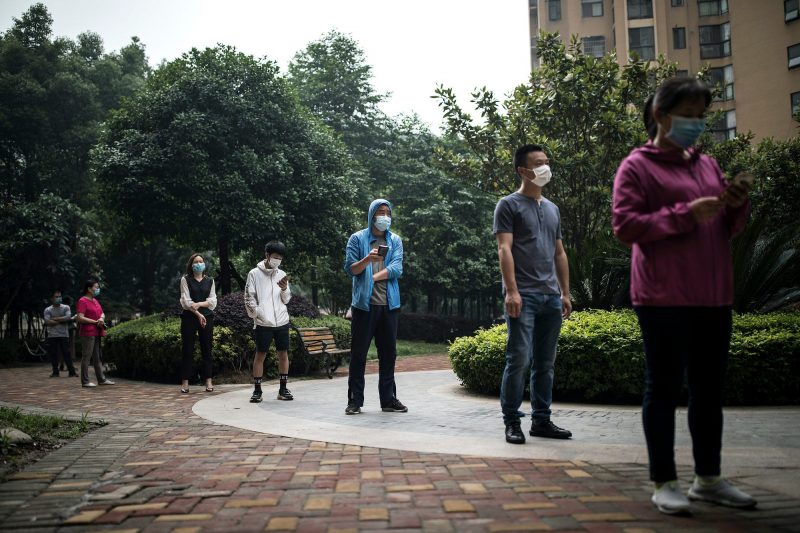
Source: The New York Times
Some experts have been skeptical of the efficacy in testing that many people so quickly, and others have said the scale of the testing is far too excessive for such a small number of new cases.
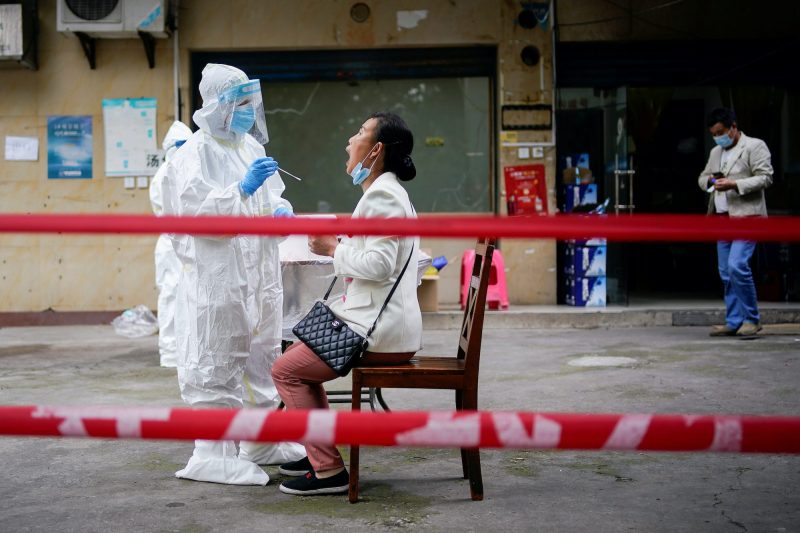
Source: The New York Times
Dr. Jin Dongyan, a virologist from the University of Hong Kong, told The New York Times that it would be difficult to accurately perform that many nucleic acid tests in such a quick succession.
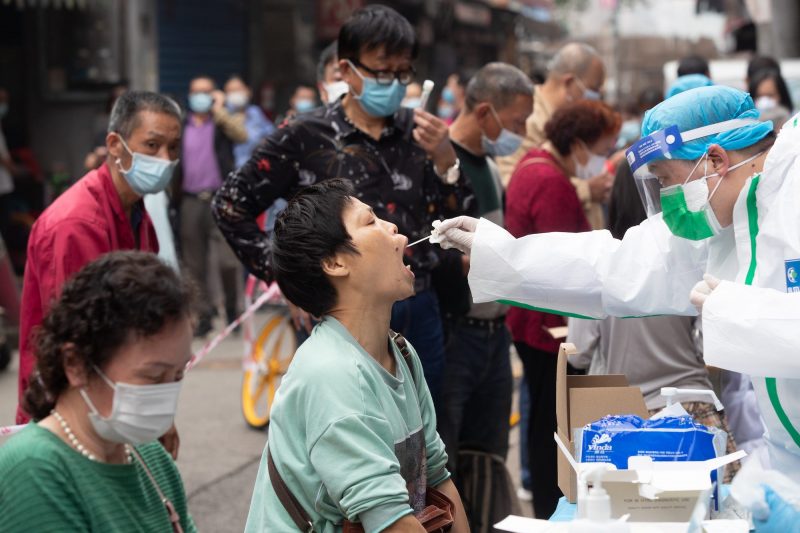
Source: The New York Times
Others have acknowledged the testing campaign could be more of a psychological response than a medical initiative.
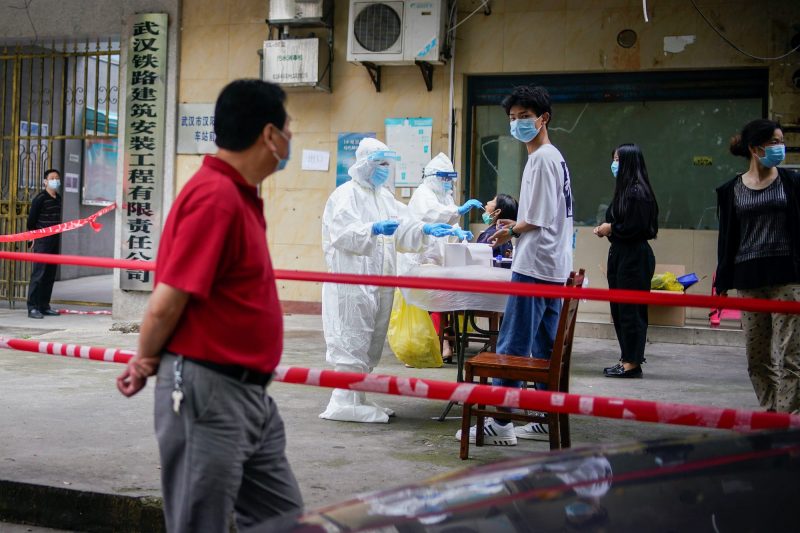
Source: The New York Times
Samples are still being processed, but by Tuesday, the government reported 206 new positive cases. According to Bloomberg, they were all asymptomatic.
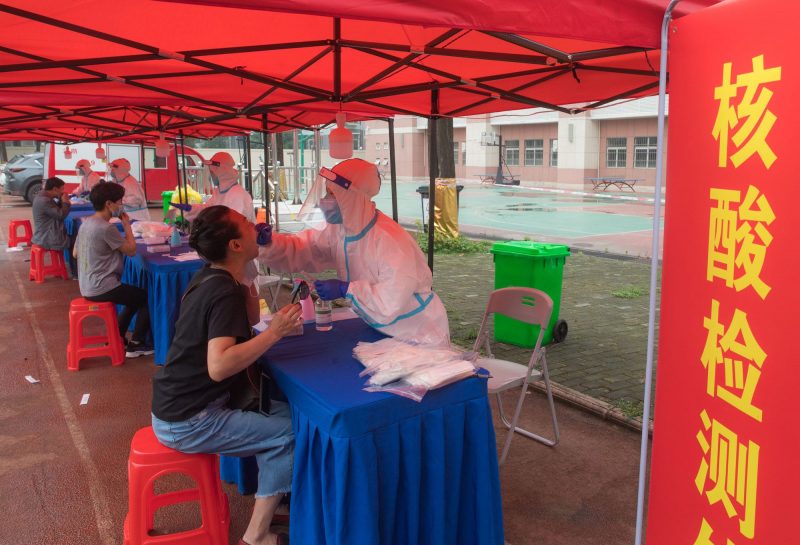
Source: The New York Times, Bloomberg
To put this scale of testing into perspective, the US has only tested a total of 14 million people since January 22.
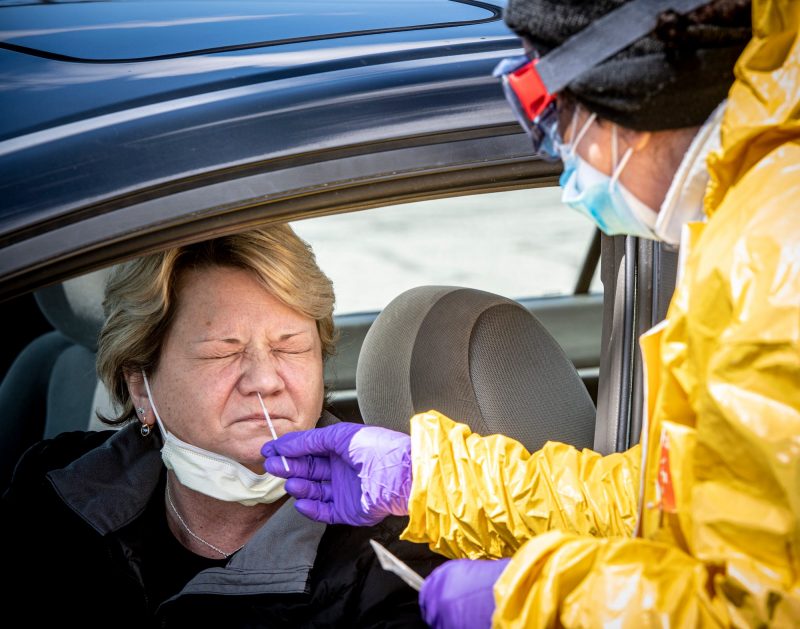
Source: The COVID Tracking Project
In the last few weeks, the US has been testing roughly 300,000 to 400,000 people per day in May, according to the COVID Tracking Project.
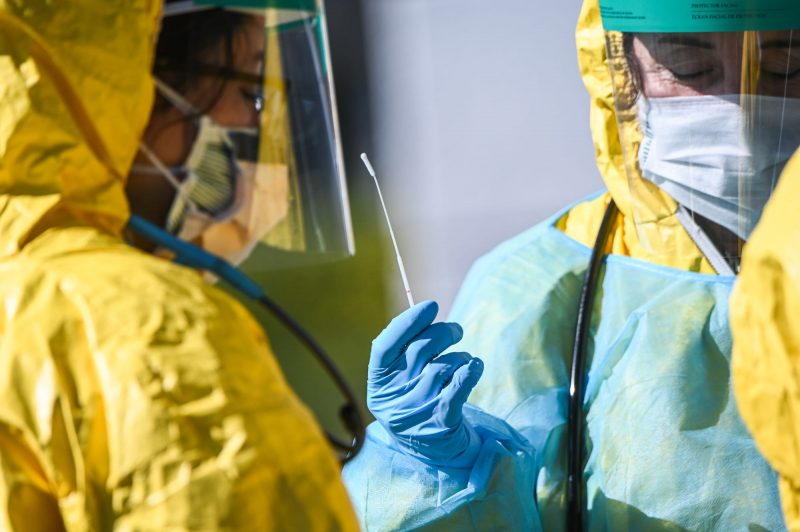
Source: The COVID Tracking Project
But experts say the US testing levels are not nearly enough. For the US to safely reopen, Business Insider’s Dave Mosher reported the “rock-bottom number” is 500,000 tests per day now, and 30 million tests per day by the fall.
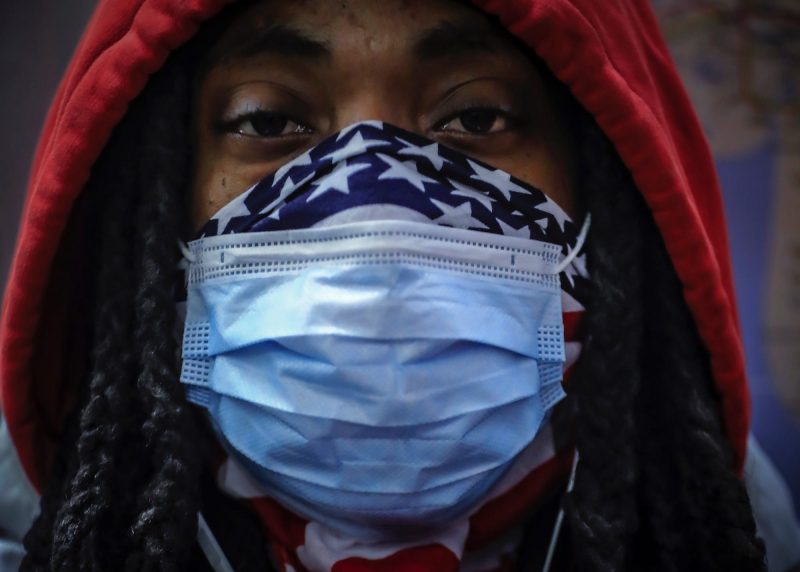
Source: Business Insider